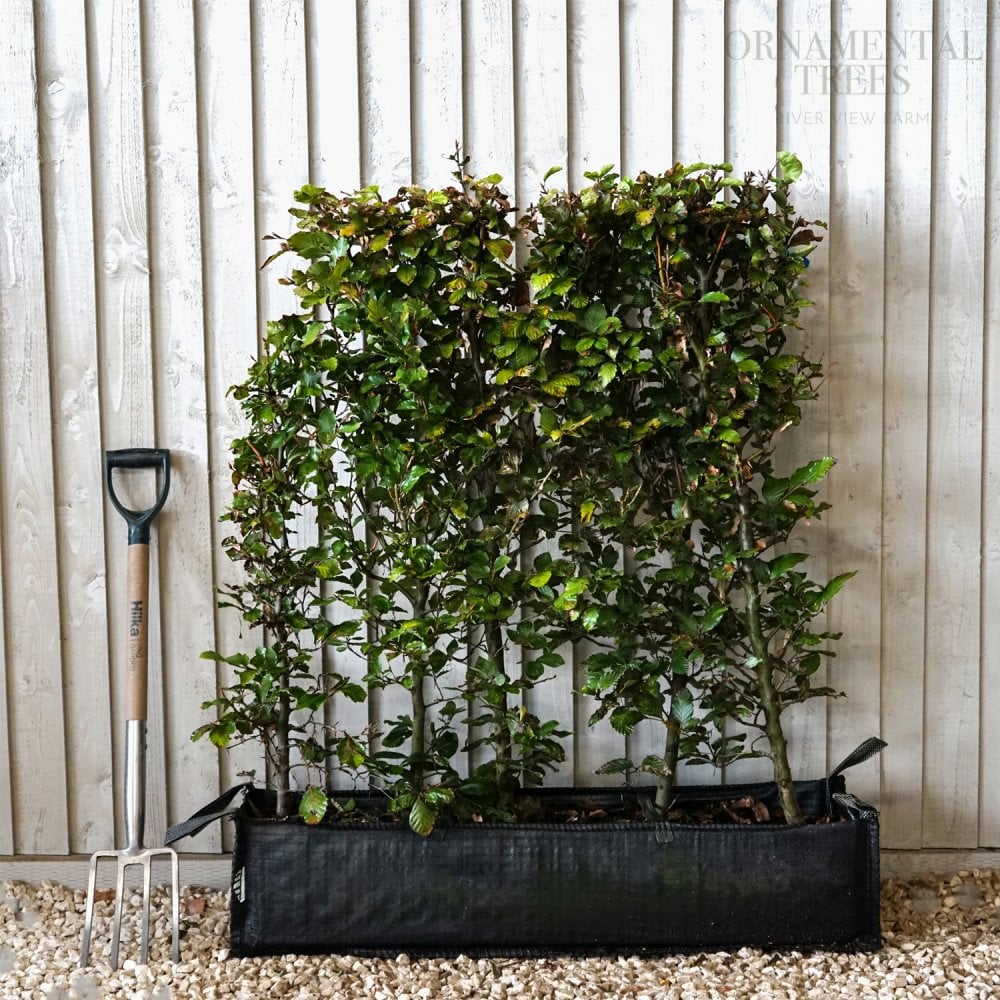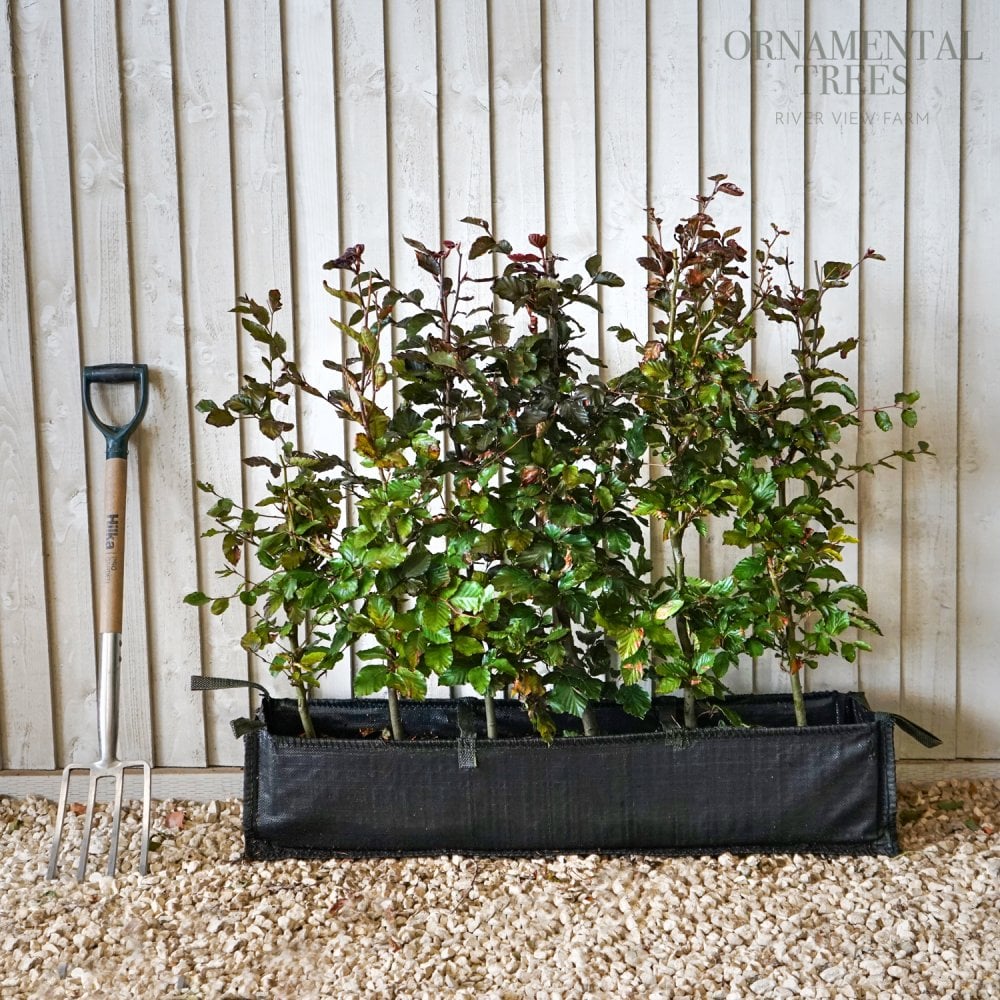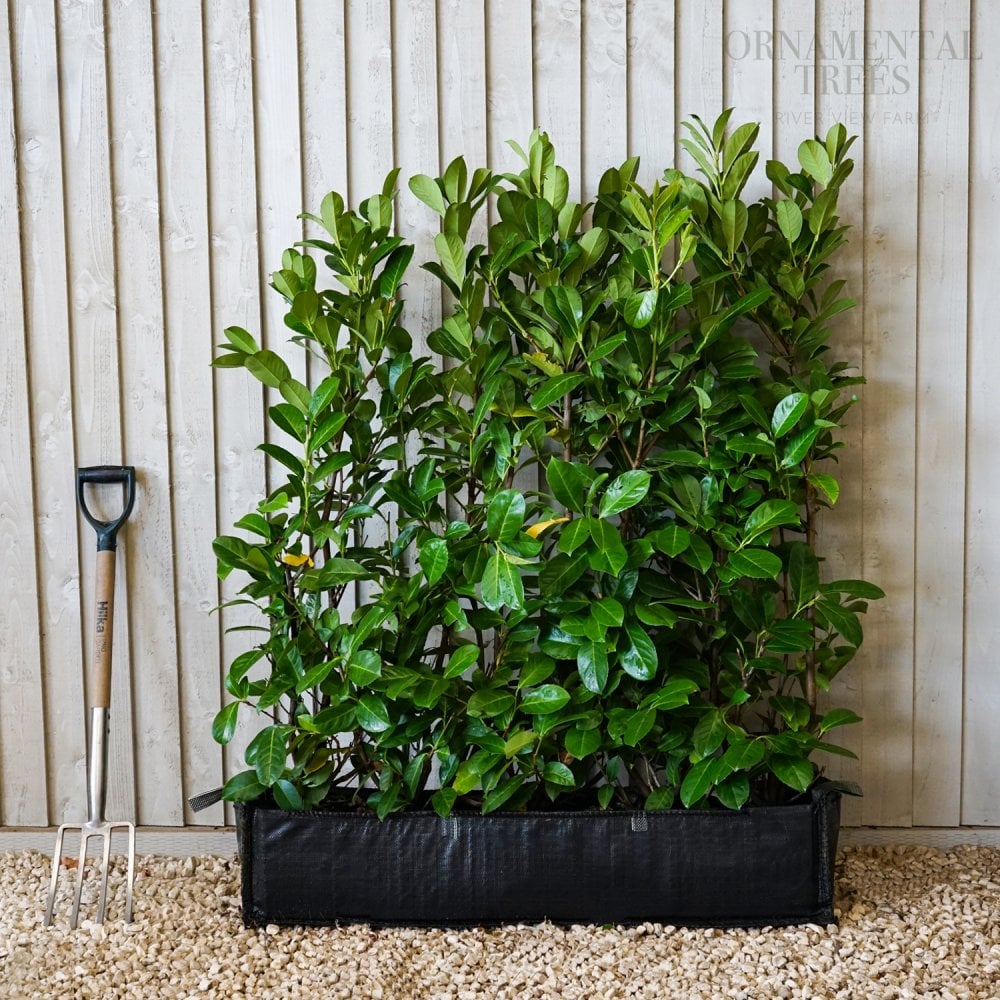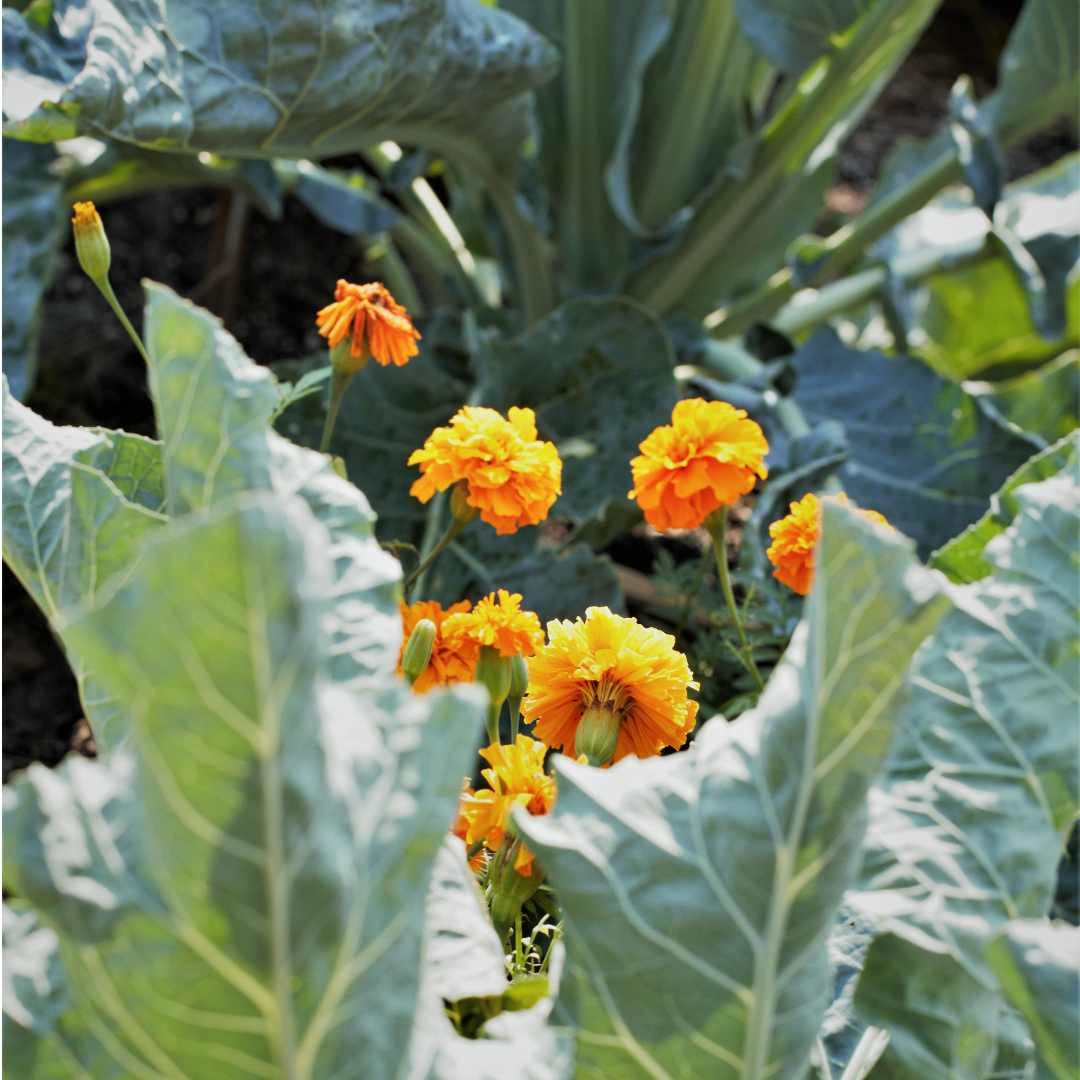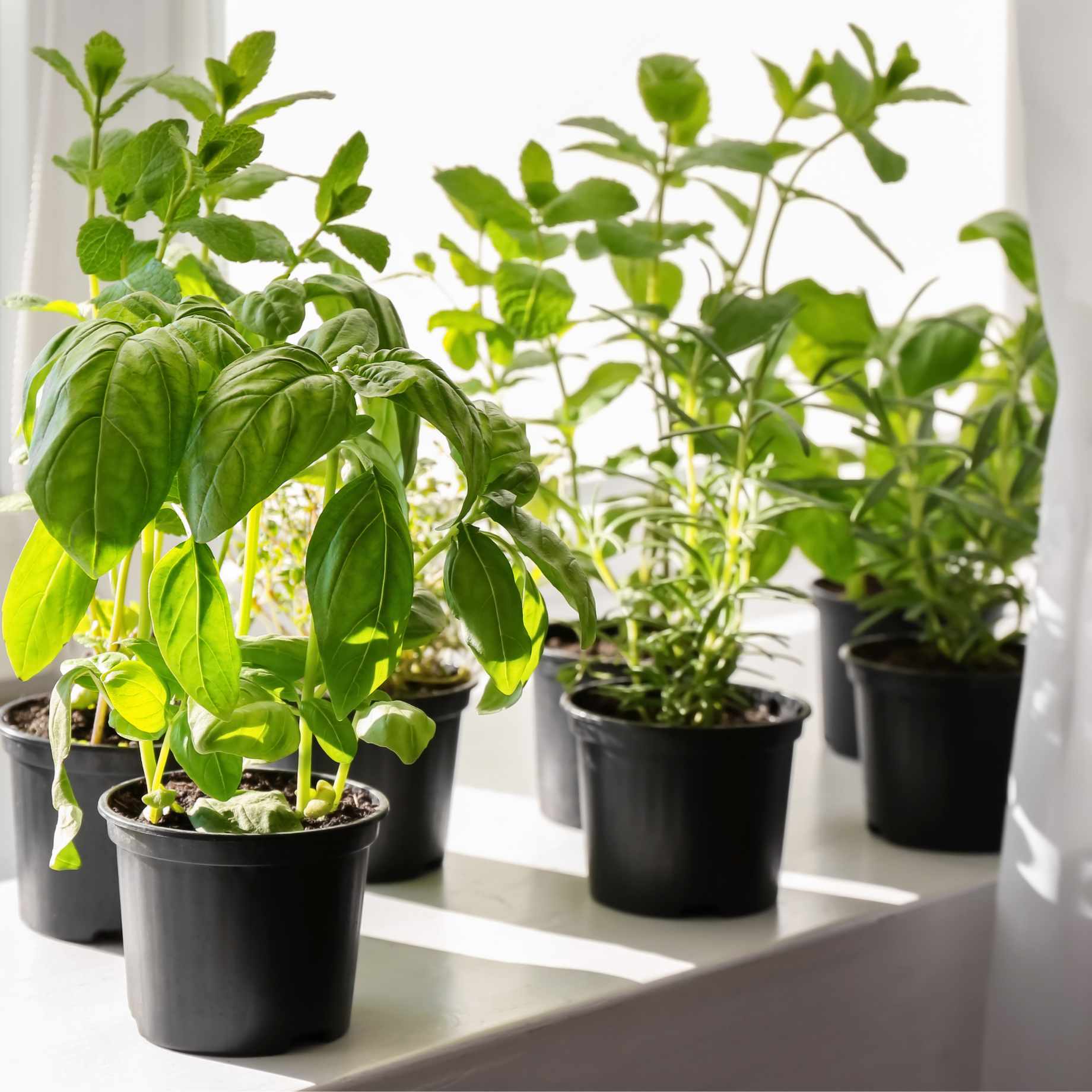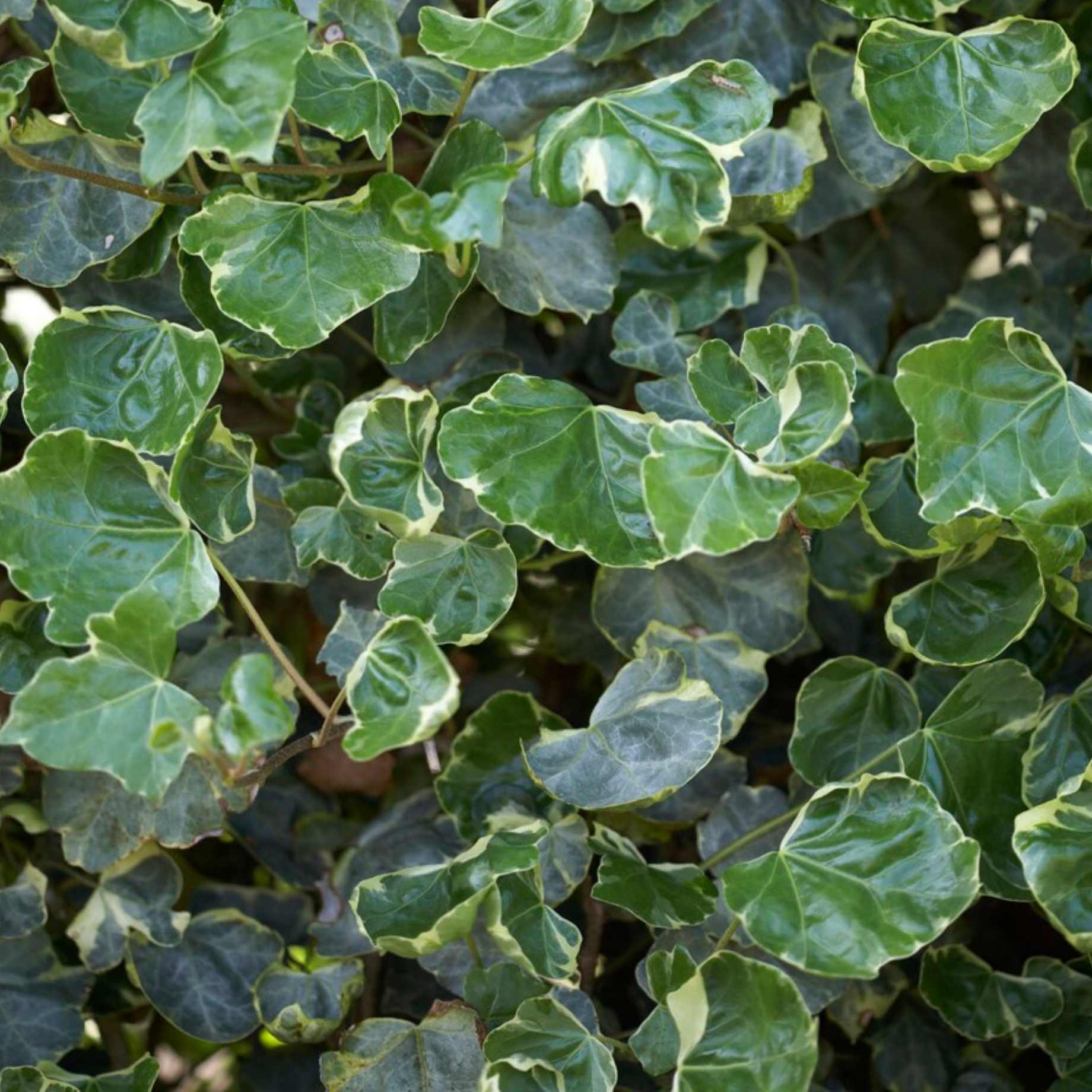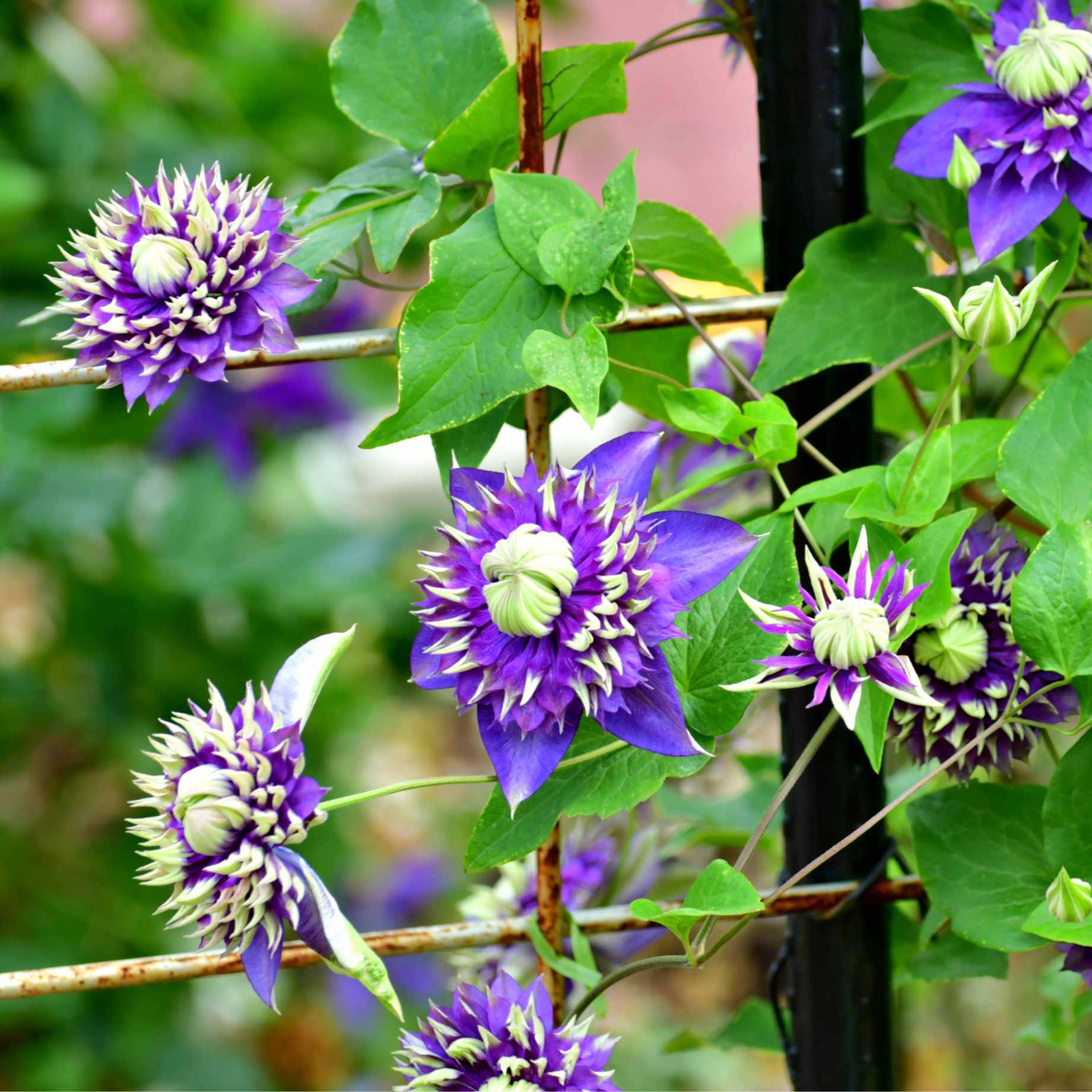Key features
AwardsRHS Award of Garden Merit
FoliageDeciduous leaves can remain on tree into winter
PositionFull sun to part shade
SoilMost soils except extremes
Description
Common Beech (Fagus sylvatica) makes a wonderful native hedge with the dense green foliage turning golden brown in autumn. The leaves often hang onto branches until new foliage emerges in spring. This gives it the added benefit of providing year round screening. Fruits called Beech masts are produced some years, which are popular with a variety of wildlife including squirrels.
Fagus sylvatica hedging will grow well in most conditions and does especially well in lime, alkaline soils. This native hedging species will tolerate exposure but not wet or very cold sites.
AKA Common beech hedging, Green beech hedging, European beech hedge
Planting Steps
1Preparation
- Pot-grown plants can be planted at any time of year, whereas bare roots need to be planted between November and March.
- Clear weeds and grass within a metre of the planting hole.
- Dig a hole as deep as the root mass and twice as wide.
- To help your plant establish more effectively, sprinkle Rootgrow in the hole.
2Planting
- Gently loosen the roots and place into the planting hole.
- Ensure the top of the plant’s compost is flush with the level of the surrounding soil and the graft union or collar of the tree is above ground level.
- Mix 50% of the original soil with 50% compost.
- Fill in the hole, firming the soil gently.
3Last Steps
- Water generously around the base of the plant.
- If you are planting either a single stem tree or mature standard tree, we recommend adding a staking kit and rabbit guard.
Aftercare Advice
Trees and shrubs require a good watering regime for a couple of years whilst they establish. Water well and regularly through spring and summer, increasing in hot or dry weather. If planting in autumn, you may only need to water a little. It is advisable to keep the area free of competing weeds and grass during this period.
For more detailed advice and video guides, please visit our Help & Advice section.

